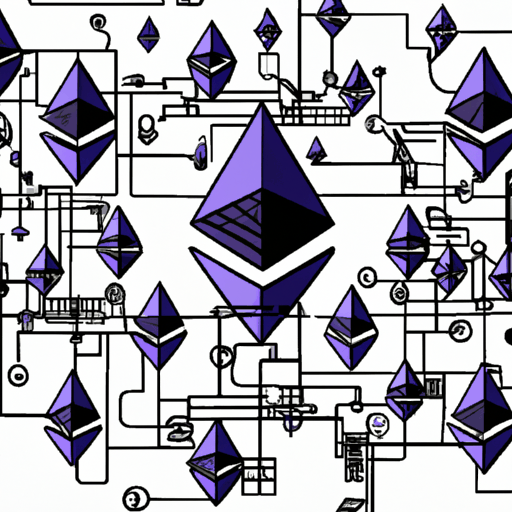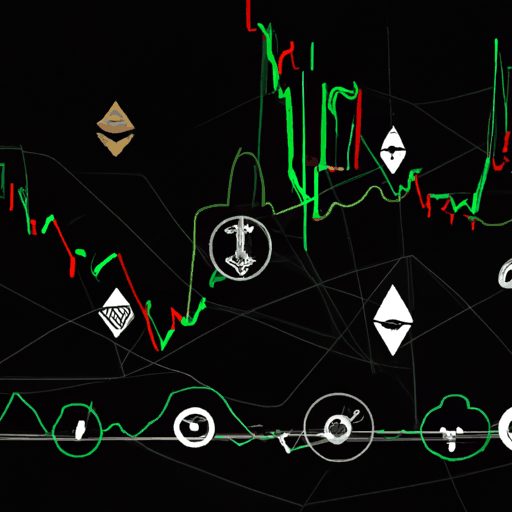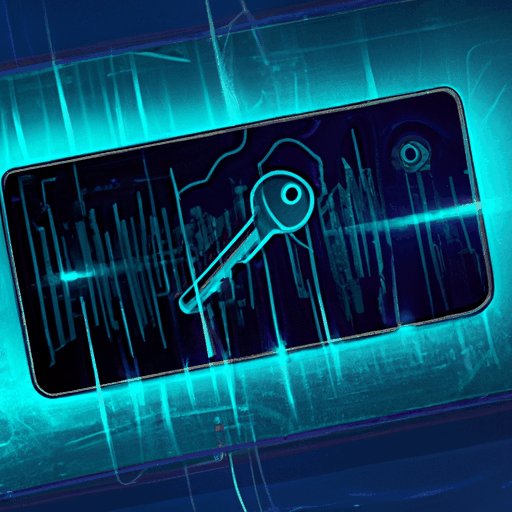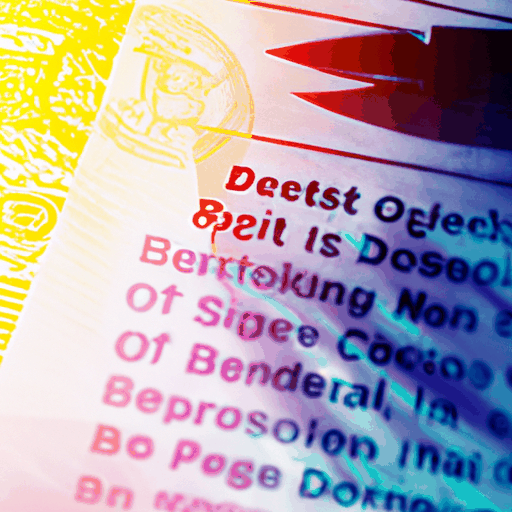
Ethereum Advances With New Cross-Chain Standards
By: Isha Das
In a significant move aimed at enhancing blockchain interoperability and user experience, Ethereum developers have proposed two pivotal token standards, namely ERC-7930 and ERC-7828. These newly introduced standards are expected to streamline cross-chain transactions, thereby simplifying multi-chain usage. The addition comes as a response to the current fragmented system where wallets, decentralized applications (DApps), and other protocols interpret or display blockchain information differently, leading to a fragmented user experience.
The implementation of ERC-7930 and ERC-7828 is deemed a major stride towards a more unified and cohesive blockchain ecosystem. By establishing a standardized way of managing cross-chain interactions, the new ERCs aim to facilitate smoother transaction processes not only within Ethereum but also across various other compatible blockchain networks. This interoperability holds promise for bolstering decentralized finance (DeFi) applications, which are increasingly dependent on cross-chain functionalities to operate efficiently. For more insights on decentralized finance, refer to Ethereum Foundation.
One of the primary motivations for these standards, as discussed by developers, is the minimization of complexities associated with cross-chain operations. Currently, diverse rules followed by wallets, DApps, block explorers, and smart contracts lead to inconsistencies, heavily impacting the user experience in a negative way. This inconsistent behavior is seen as a barrier for users who are navigating the intricate web of blockchain networks. By addressing these issues head-on, Ethereum hopes to set a precedence that could potentially be adopted across the broader blockchain community, fostering an environment of innovation and refinement.
As these standards begin their integration process, there is substantial anticipation around their potential to redefine usability and innovation within the blockchain domain. The ERC-7930 and ERC-7828 standards are not only a testament to Ethereum's ongoing commitment to usability but also a reflection of its intention to maintain leadership in the blockchain sphere by pioneering efforts that ensure a more accessible and efficient digital experience. For additional information on DApps, you can visit DAppRadar.



